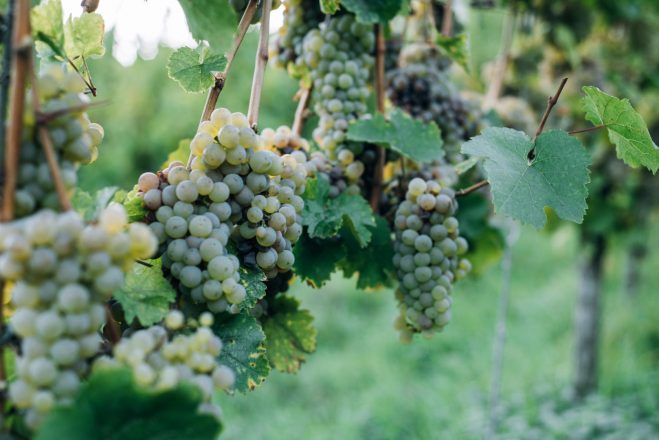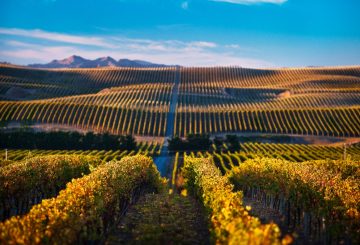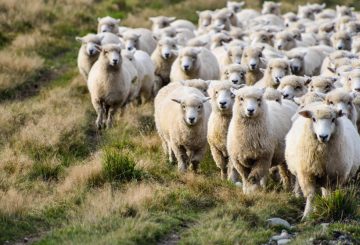Sản lượng thu hoạch nho năm nay tăng 44% so với năm 2021, tạo ra một sự thúc đẩy rất cần thiết khi nguồn dự trữ rượu đang giảm dần.
“Không nghi ngờ gì nữa, chúng tôi rất cần một vụ thu hoạch được cải thiện trong năm nay sau khi thời tiết mát mẻ và sương giá ảnh hưởng đến niên vụ 2021,” Giám đốc điều hành Winegrowers New Zealand Philip Gregan cho biết.
Theo Khảo sát năm 2022, tổng trọng tải nho của vụ thu hoạch năm 2022 là 532.000 tấn, vượt 370.000 tấn thu hoạch năm 2021, vốn là sự sụt giảm 19% ở năm trước.
Như thường lệ, vùng Marlborough sản xuất nhiều nho nhất, chiếm 80% thu hoạch. Giống nho Sauvignon blanc chiếm đa số, chiếm 76,5% tải trọng toàn quốc.
Gregan nói rằng các nhà máy rượu vang cảm thấy nhẹ nhõm rằng bây giờ họ có thể xây dựng lại cổ phiếu rượu vang, vốn đã trải qua một sự suy giảm trong đường cung cấp vào năm ngoái. “Vào niên vụ, các nhà máy rượu vang khẩn trương cần một vụ thu hoạch lớn hơn vì nhu cầu nhiều và cây trồng nhỏ hơn dự kiến trong những năm gần đây đã dẫn đến tình trạng thiếu hụt đáng kể rượu vang New Zealand.”
Trong khi vụ thu hoạch bội thu là tin tốt cho các nhà máy rượu vang, thách thức lớn hiện nay là hậu cần – đưa rượu vang ra thị trường.
“Với mỗi nhà máy rượu vang mà tôi đã trao đổi, điều đầu tiên họ nói đến là hậu cần. Bây giờ với một niên vụ lớn hơn, điều đặc biệt quan trọng là phải đưa nó ra khơi,” Gregan nói.





























































